Album of Eternal Youth” (萬年不老圖冊 / Wàn Nián Bù Lǎo Tú Cè)
—A Qing Dynasty Imperial Longevity Tribute (18th–19th Century)
Overview
This 14-panel silk-scroll album, housed in Taipei’s National Palace Museum, is a masterwork of Qing court artistry commissioned to celebrate imperial longevity. Created by anonymous court painters during the Qianlong or Jiaqing reigns, it synthesizes Confucian ideals, Daoist mythology, and auspicious symbolism through twelve narratives of immortal sages, legendary scholars, and celestial feasts. The album’s title—Wàn Nián Bù Lǎo (萬年不老, “Ten Thousand Years of Youth”)—reflects the emperor’s pursuit of eternal rule, while its golden kesi (缂丝, silk tapestry) cover, woven with bats (fu 福), deer (lu 鹿), lingzhi mushrooms (shou 壽), and peaches (tao 桃), visually spells out “Fu-Lu-Shou” (福禄寿), the triad of Chinese blessings.
Full Translation & Cultural Context
Album Preface
Translated from Classical Chinese:
“This album, crafted by the imperial atelier, gathers twelve scenes of divine harmony and scholarly virtue to honor the Emperor’s boundless lifespan. From the Peach Banquet of the Queen Mother of the West to the assembly of Nine Elders at Fragrant Mountain, each panel weaves cosmic order with mortal achievement, affirming Heaven’s mandate upon the Son of Heaven.”
Panel Descriptions with Symbolic Significance
- 瑤池春宴 (Spring Feast at Jasper Lake)
- Translation: The Queen Mother of the West (西王母), Daoist goddess of immortality, hosts a celestial banquet. Though her figure is replaced by a regal elderly man (symbolizing the emperor), attendees include phoenix-riding envoys offering peaches of immortality and lingzhi elixirs.
- Symbolism: Peaches (tao) represent 8,000-year life cycles in Daoist lore; the substitution of the emperor as banquet host asserts his divine right.
- 聖相八元 (Eight Sage Ministers)
- Translation: Eight legendary Confucian scholars from the Zhou Dynasty, embodying wisdom and governance.
- Historical Context: Reflects Qing emperors’ dual roles as Daoist “celestial rulers” and Confucian “philosopher-kings”.
- 香山九老 (Nine Elders of Fragrant Mountain)
- Translation: Tang Dynasty poets and officials retreating to Luoyang’s Fragrant Mountain, symbolizing scholarly reclusion.
- Artistic Parallel: Compare to Scenes of Seasonal Splendor’s “Nine Elders” motif in Ming art.
- 貞元七賢 (Seven Worthies of Zhenyuan Era)
- Translation: A fictional assembly of Tang literati, highlighting cultural renaissance under imperial patronage.
- 父子狀元 (Father-Son Imperial Examination Champions)
- Translation: Celebrates familial academic excellence—a Confucian ideal of perpetuating scholarly legacy.
- 五老朝元 (Five Elders Paying Homage)
- Translation: Daoist immortals bowing to the cosmic principle (yuan 元), metaphorizing the emperor as cosmic axis.
- 翰林五鳳 (Five Phoenixes of the Hanlin Academy)
- Translation: Phoenixes, symbols of imperial virtue, perch near the Hanlin Academy (Qing intellectual elite).
- 耆英勝會 (Gathering of Venerable Heroes)
- Translation: Elder statesmen and military leaders, embodying the balance of wen (文, civil) and wu (武, martial) virtues.
- 虎溪三笑 (Three Laughs at Tiger Creek)
- Translation: A Buddhist monk, Daoist sage, and Confucian scholar laughing together, representing religious harmony under imperial rule.
- 焚香告天 (Incense Offering to Heaven)
- Translation: Ritual burning of sandalwood to announce virtuous governance to Heaven—a Qing emperor’s duty.
- 進獻瑞木 (Presenting Auspicious Timber)
- Translation: Officials offering rare nanmu wood, symbolizing earthly treasures aligning with celestial favor.
- 蟠桃宴會 (Peach Immortality Banquet)
- Translation: Finale scene echoing the first panel, with red peaches (emblem of Xi Wangmu) now directly held by the emperor, asserting his transcendence.
Artistic Techniques & Political Theology
- Kesi Tapestry Cover: Woven with split-silk technique, the golden ground symbolizes imperial authority, while bats (fu) invert to signify “blessings descending” (fu dao 福倒).
- Color Palette: Dominated by mineral pigments—malachite greens for longevity, cinnabar reds for vitality, and gold leaf highlighting divine radiance.
- Political Messaging: By replacing Xi Wangmu with the emperor’s image, the album visually equates imperial power with Daoist immortality, a strategy also seen in Qianlong’s Southern Inspection Tour paintings.
Comparative Context
- Parallel to Hymn to the Immortal Wind: Both albums use cyclical narratives (reincarnation in MONO’s rock symphony vs. eternal rule here) but differ in medium—post-rock vs. courtly silk.
- UNESCO Recognition: Similar to Jingdezhen porcelain techniques, this album exemplifies intangible cultural heritage, though its imperial context limits public accessibility.

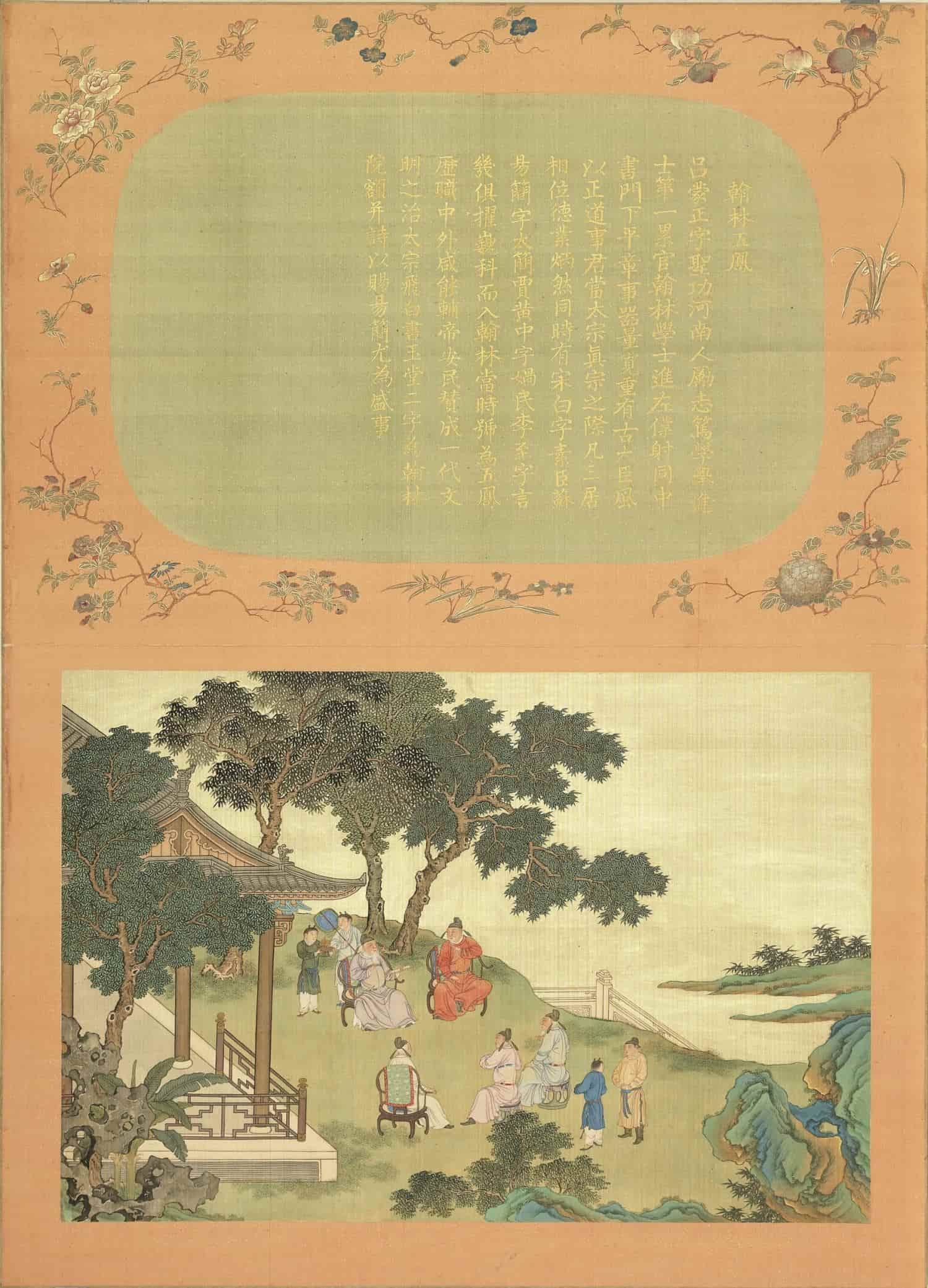

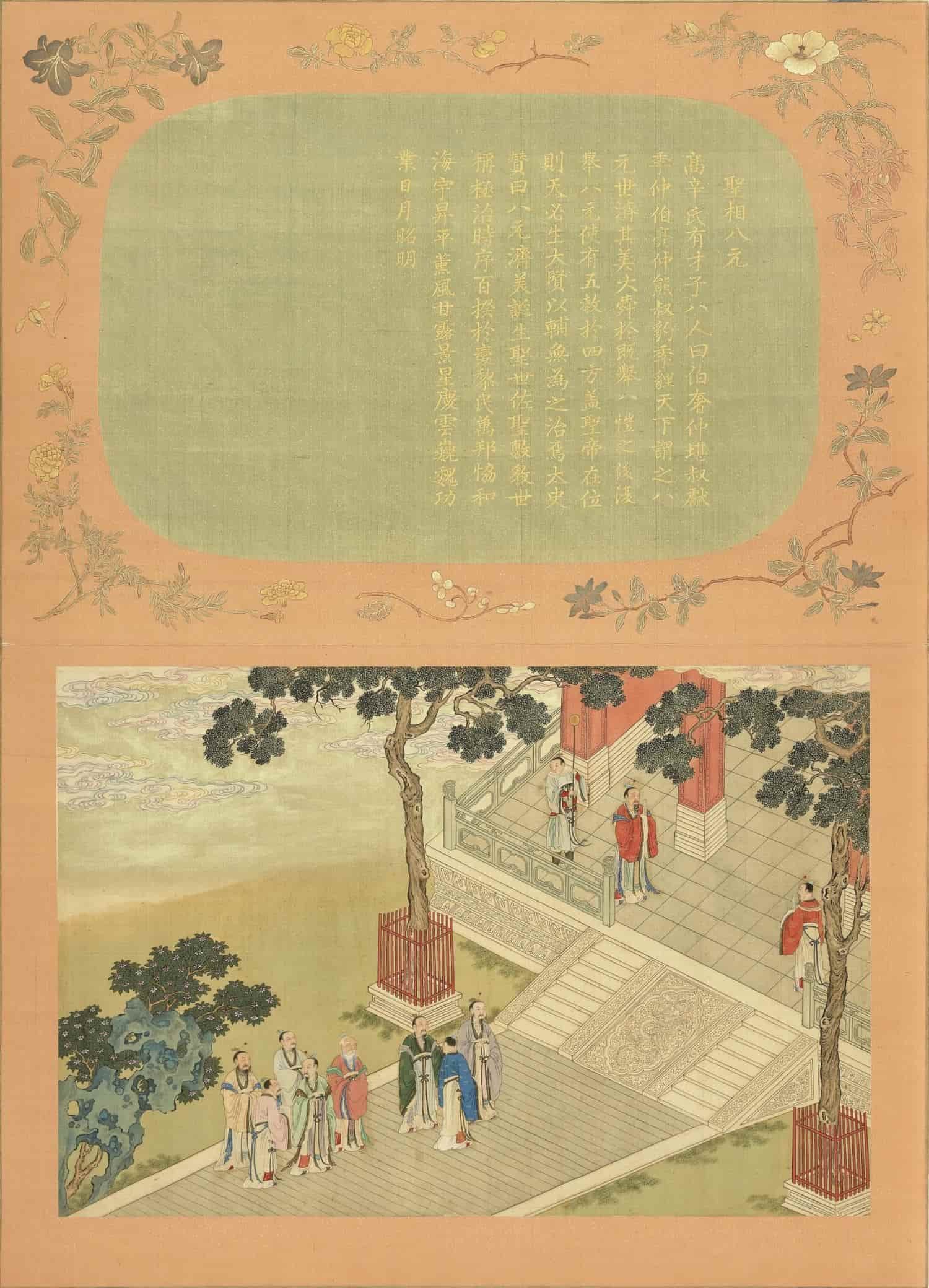
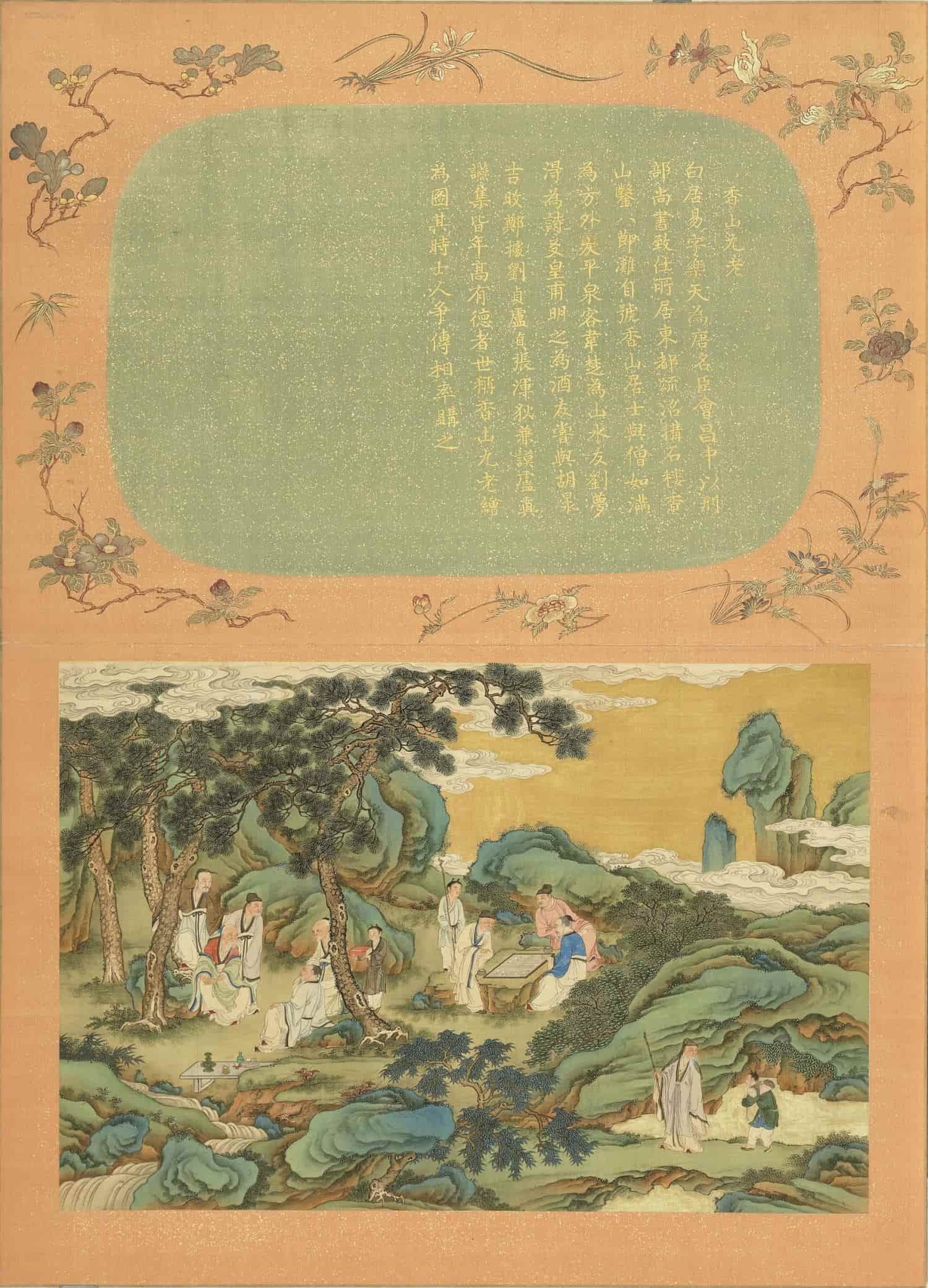
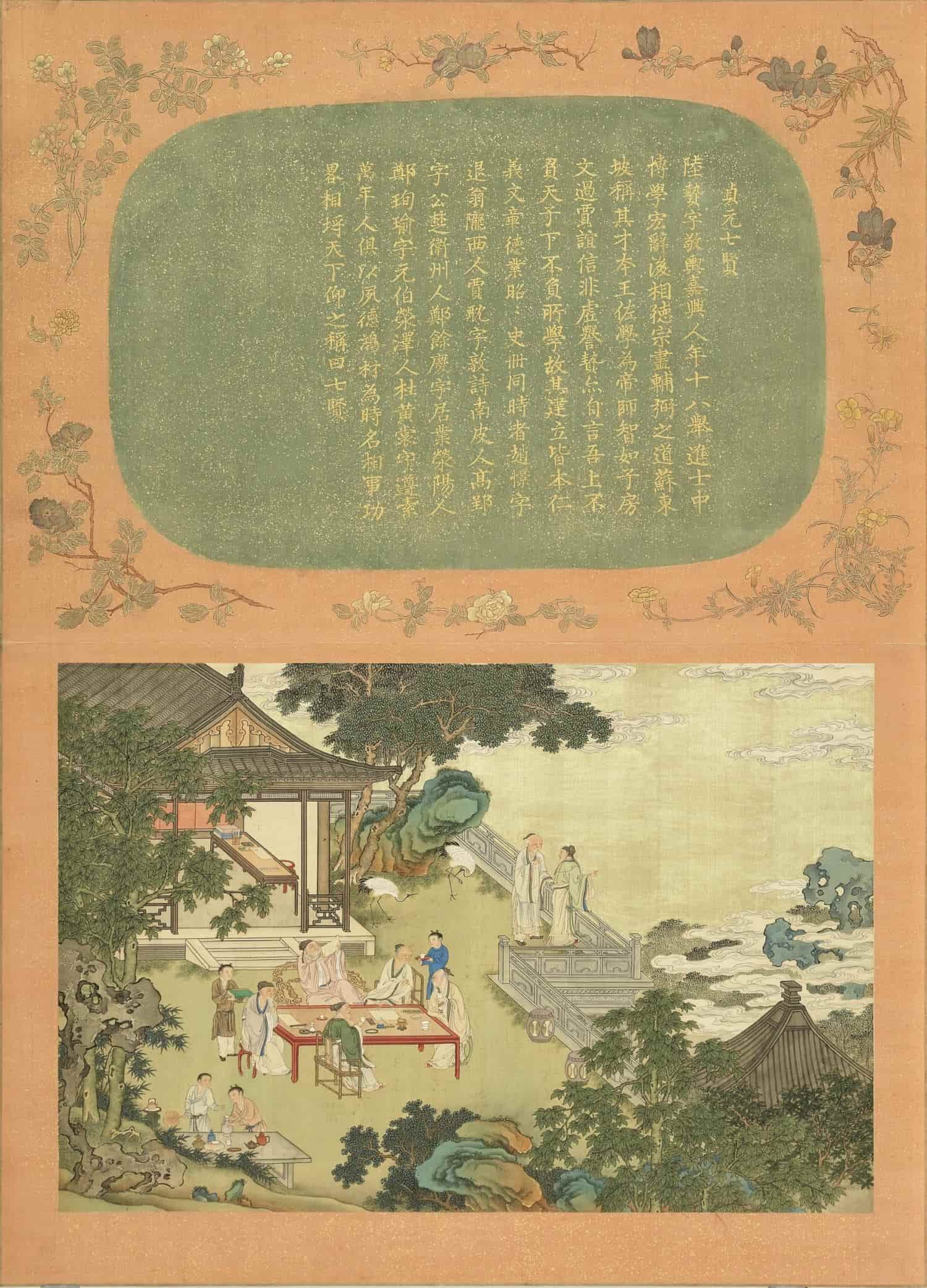
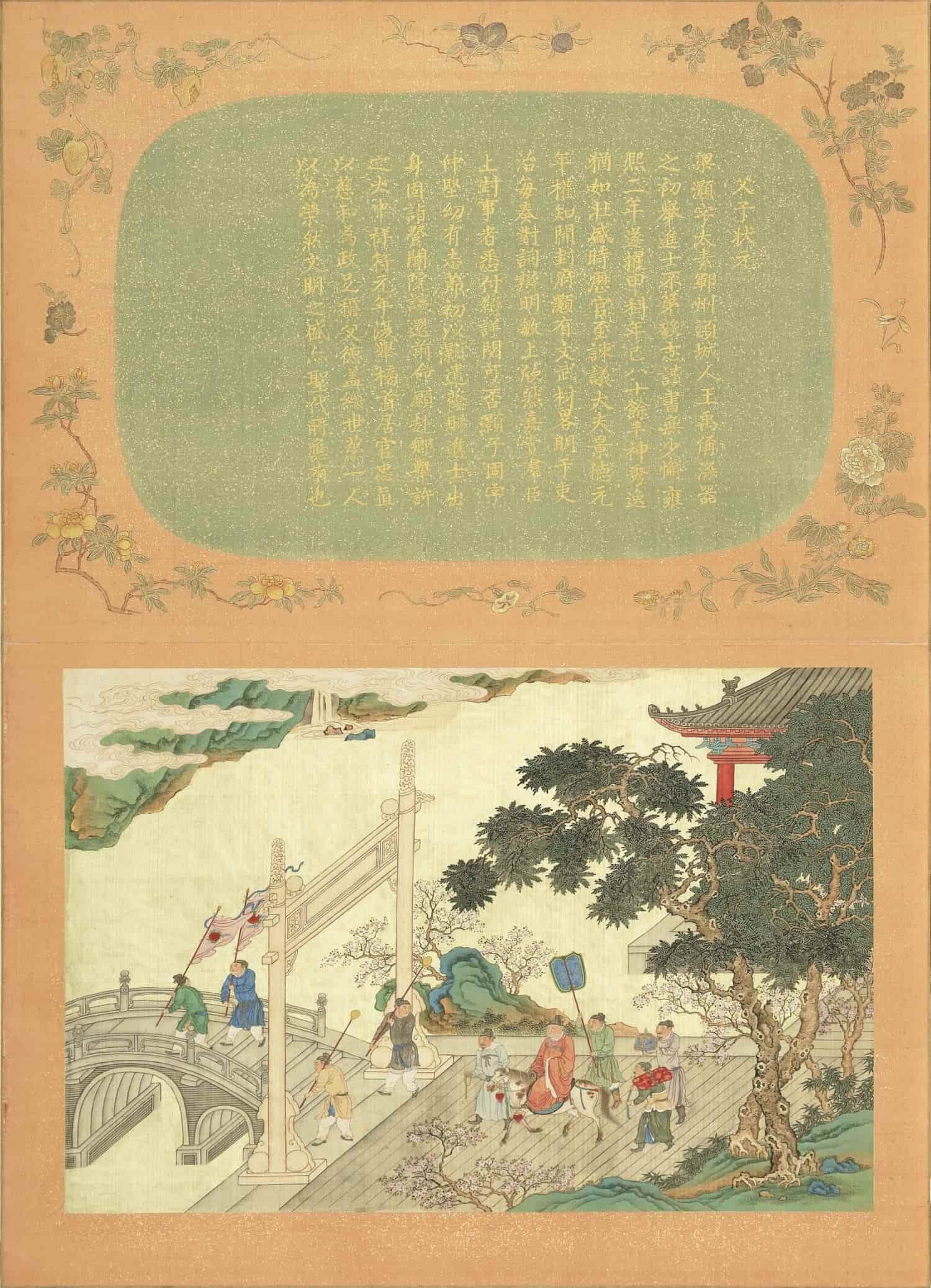
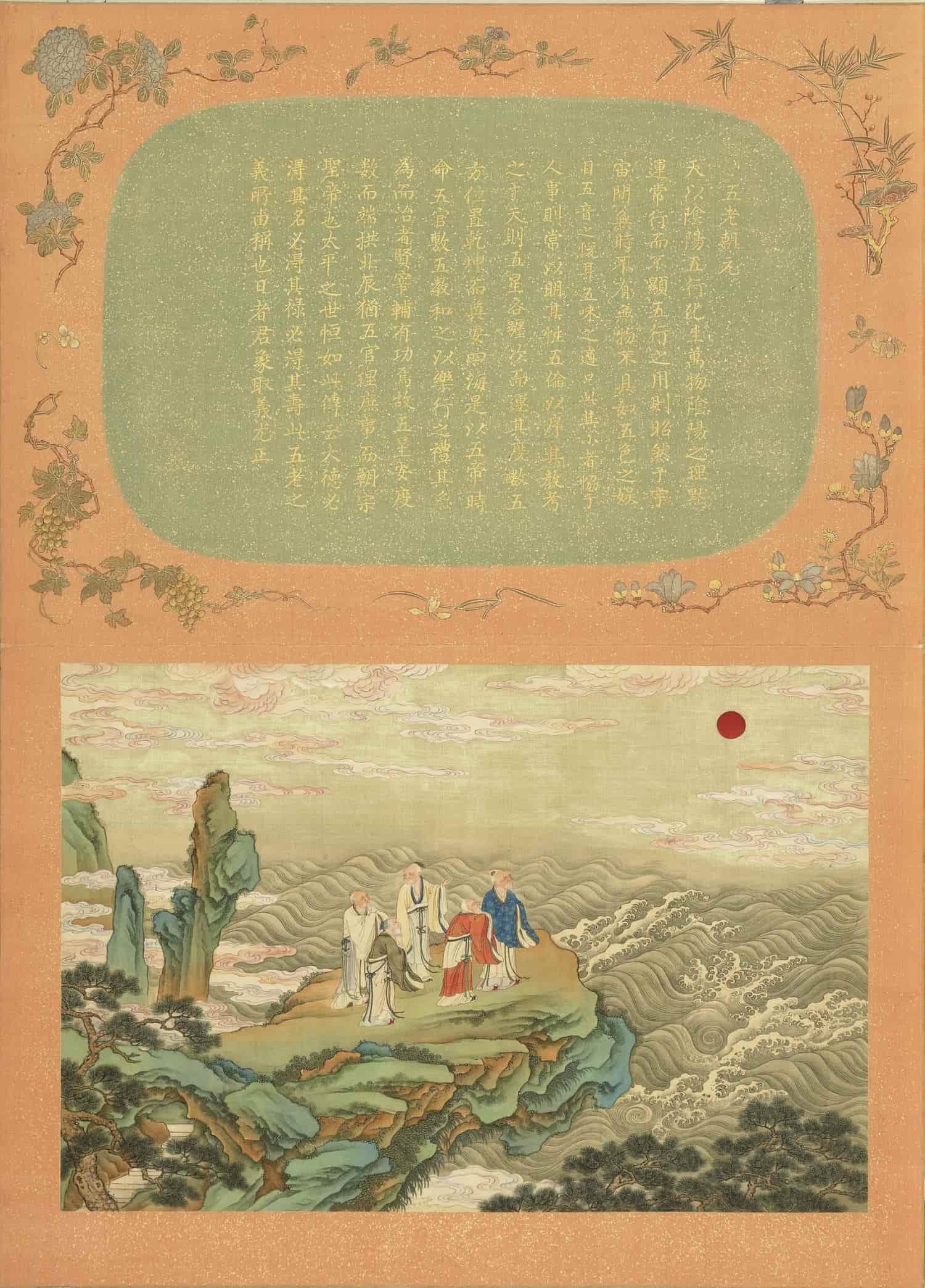
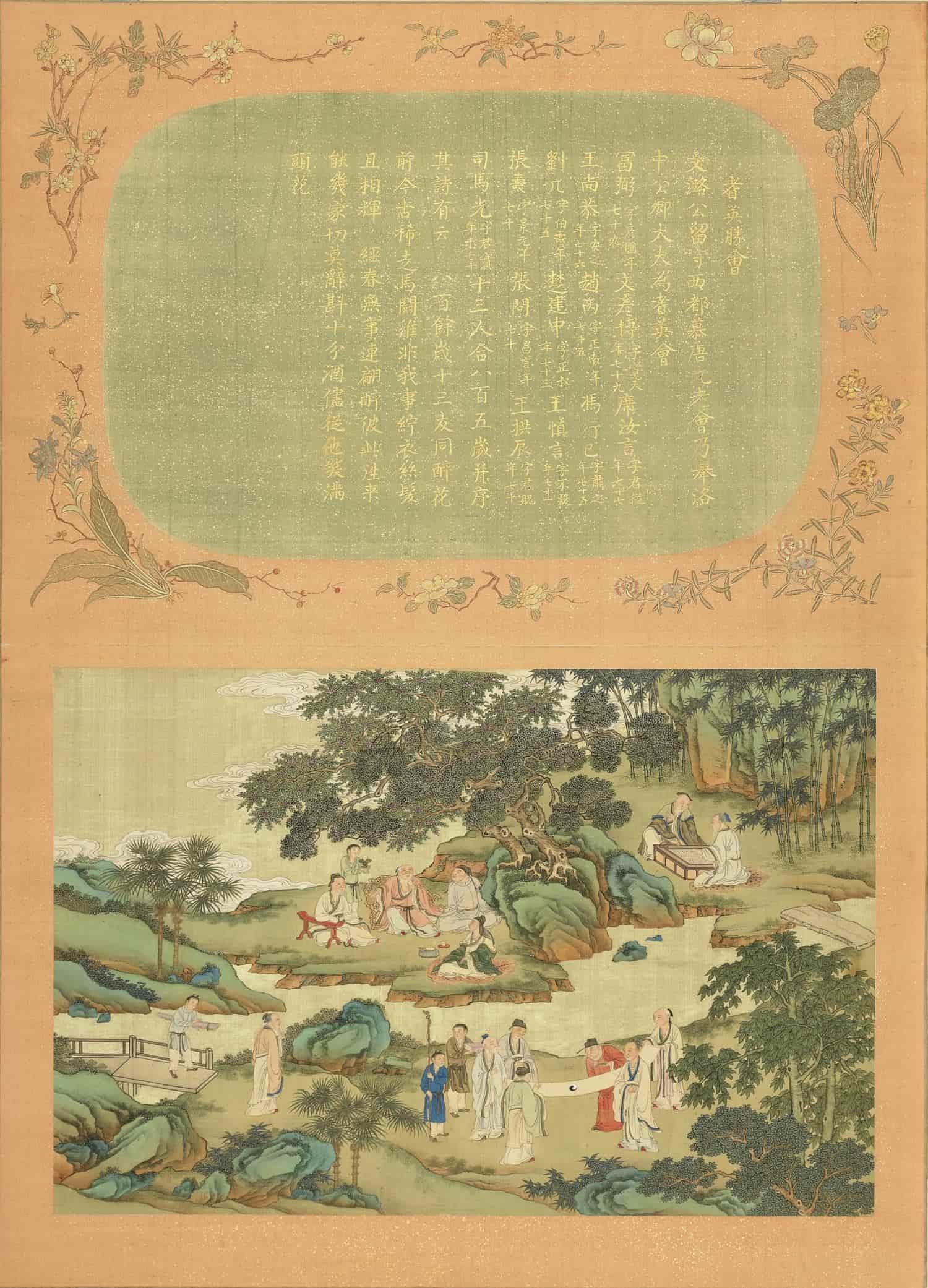
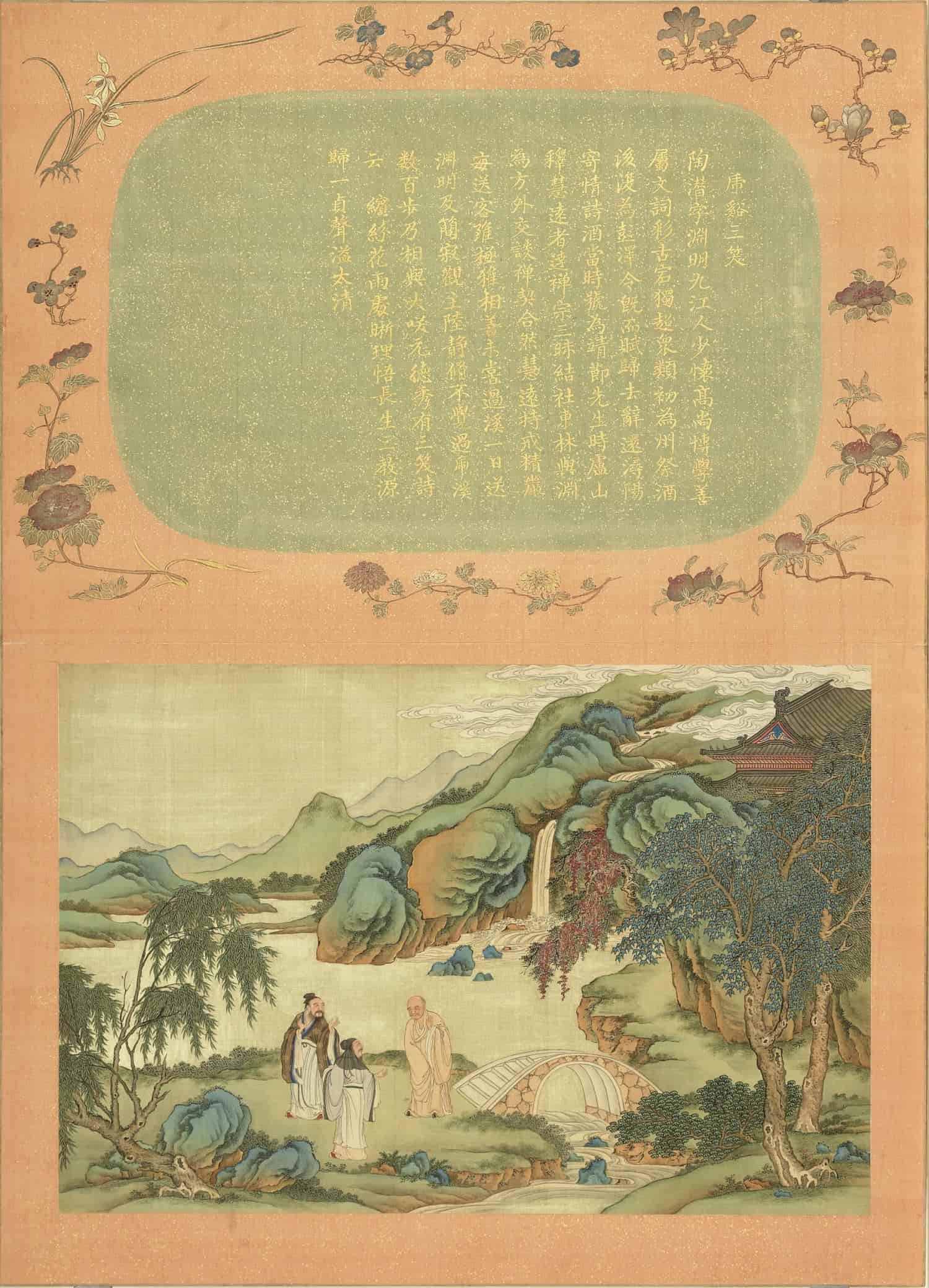
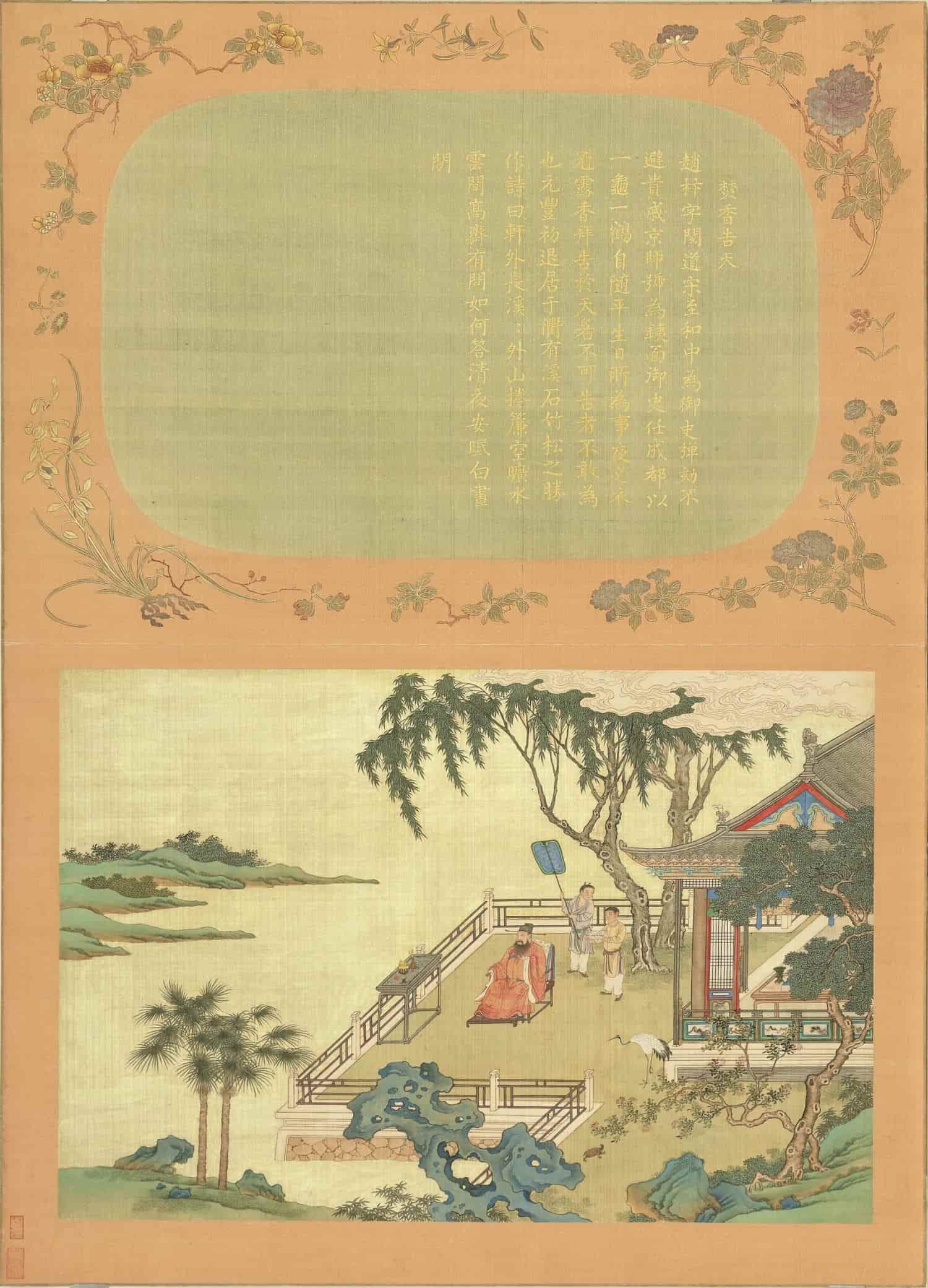
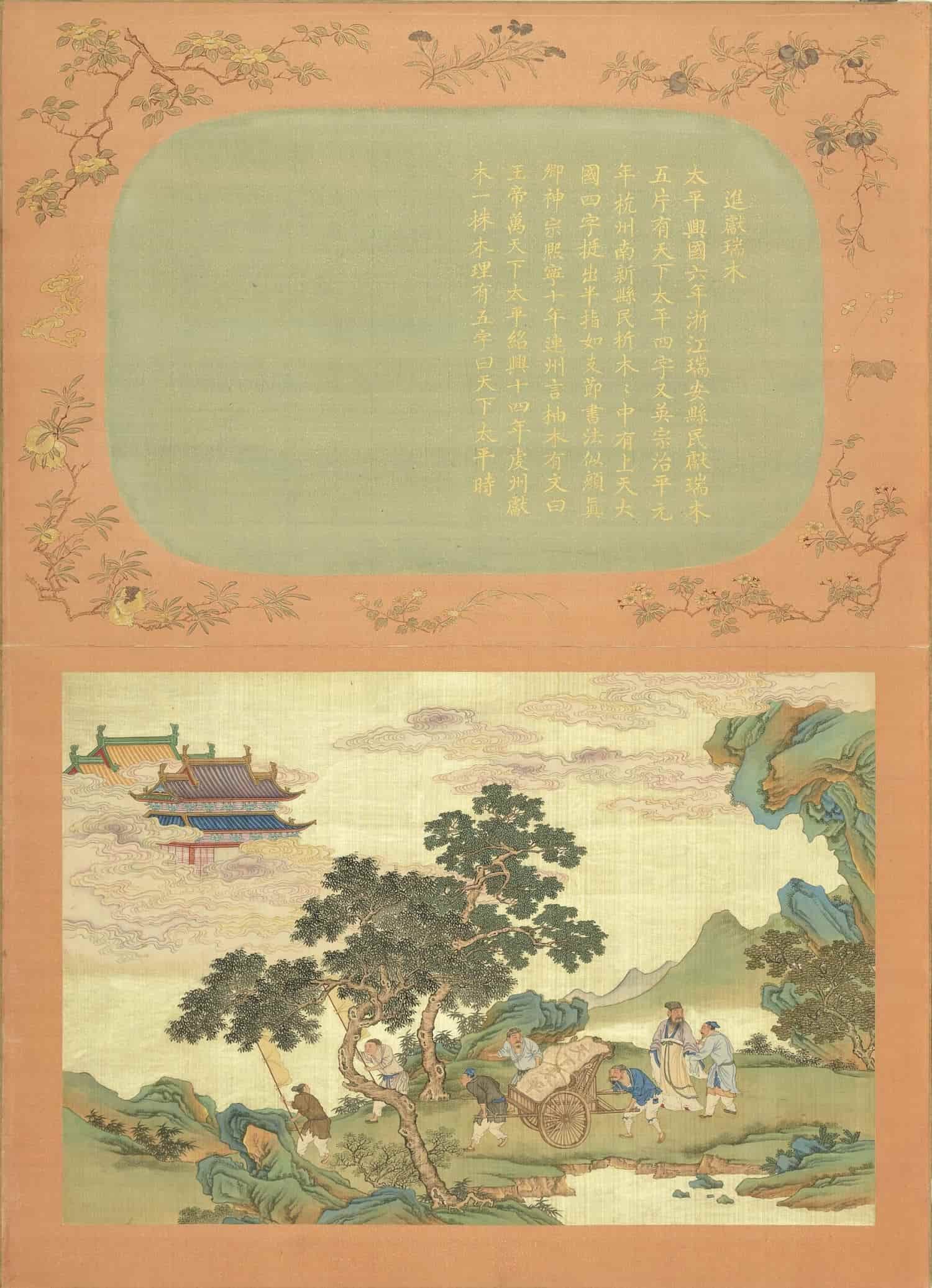
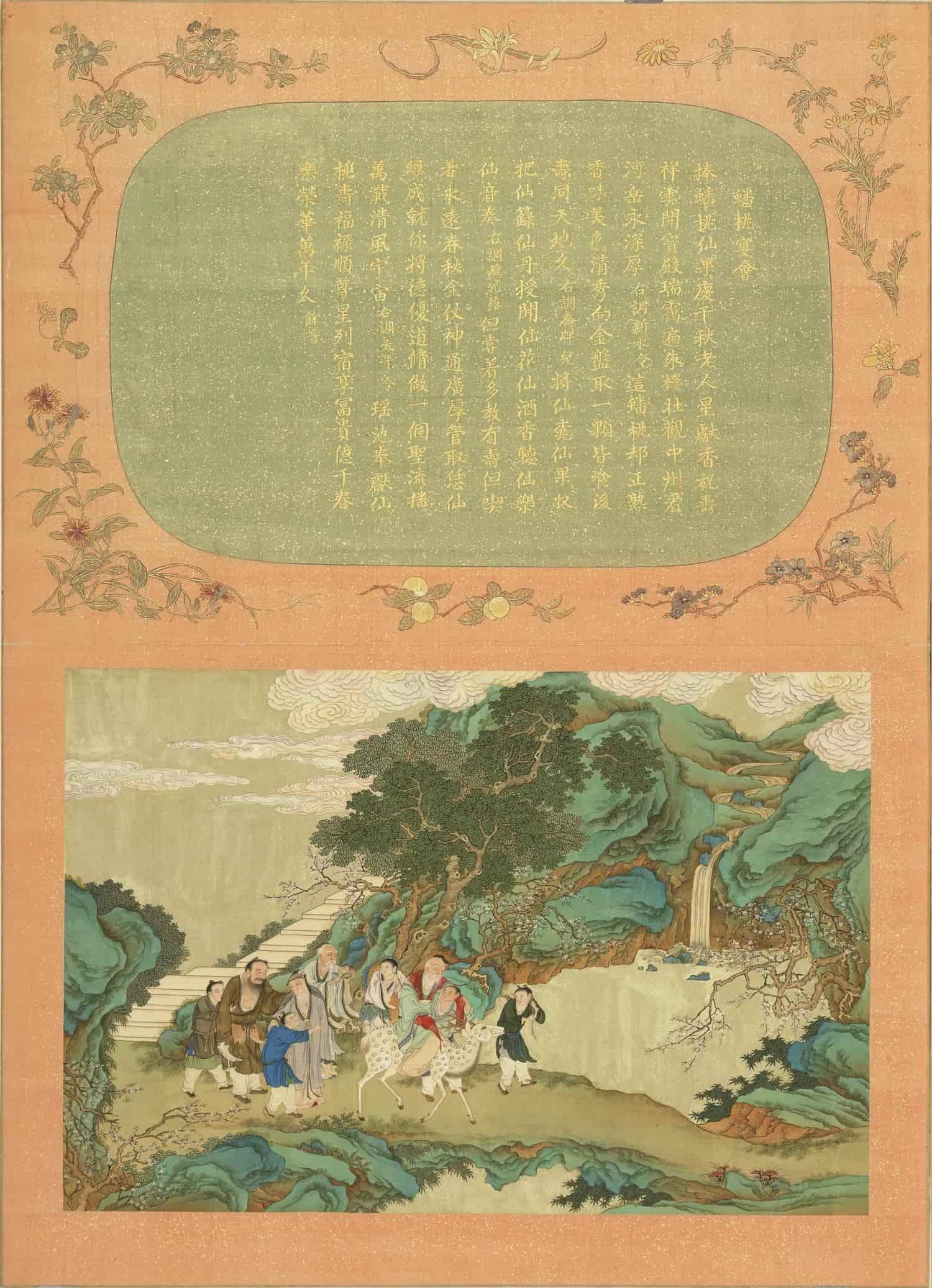
评价
目前还没有评价